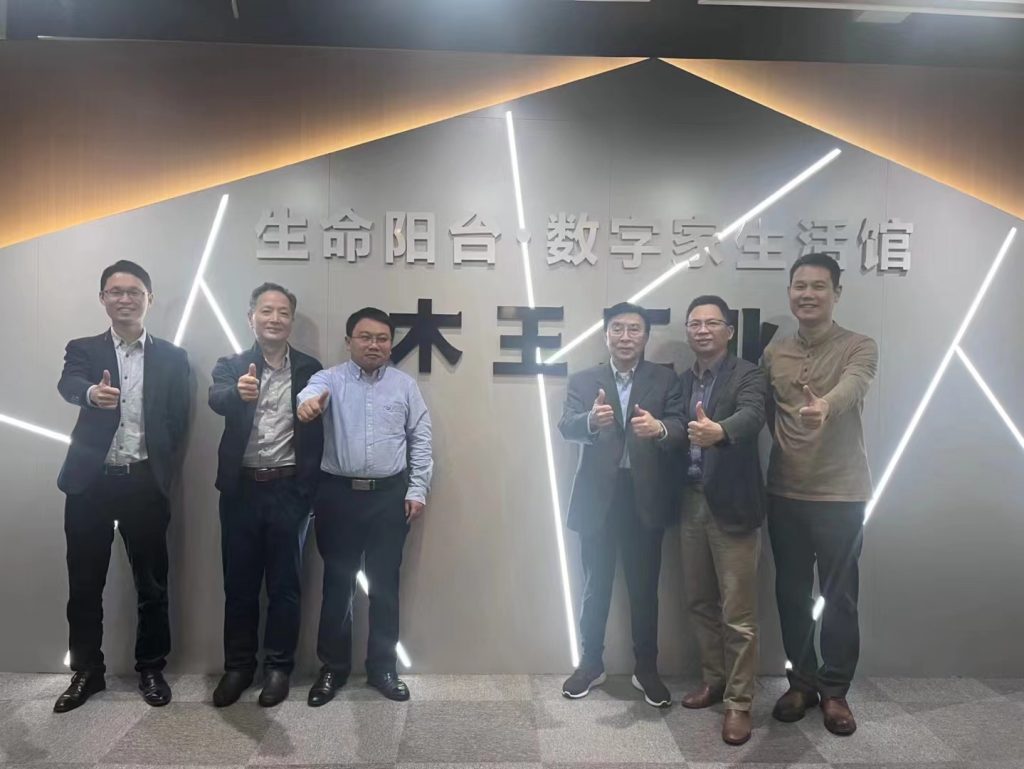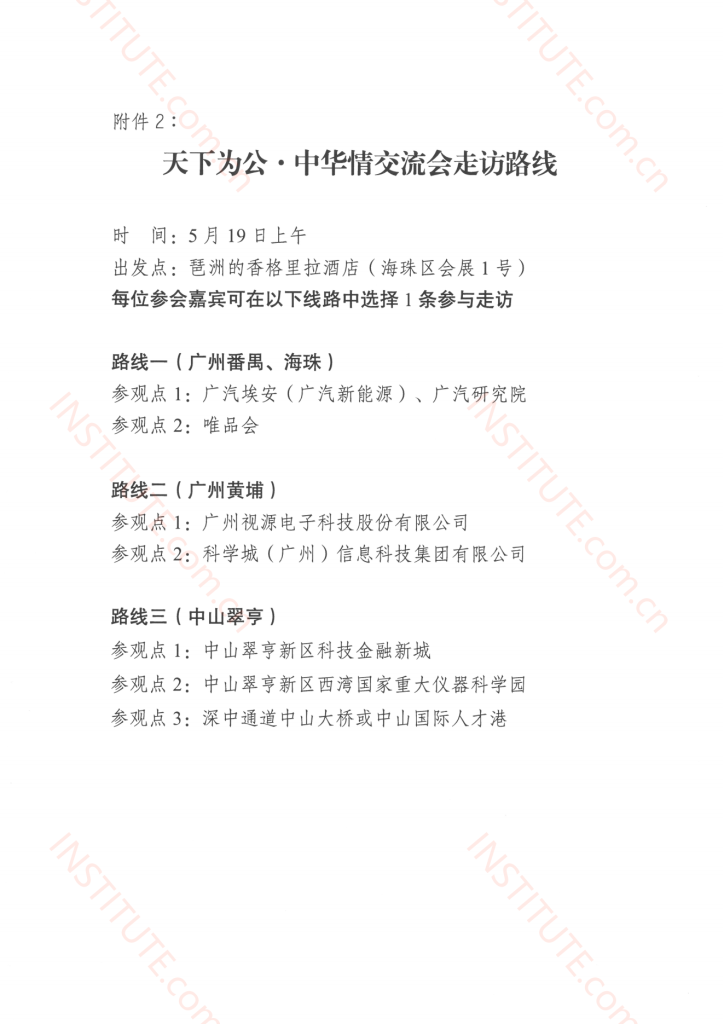2023.4.25.与中港两合伙人拜访会见三优亲子/巨米智能/威尔文化/木王工业/鹏鲲智科五家企业,辅导赋能初创项目马不停蹄~




2023.4.25.与中港两合伙人拜访会见三优亲子/巨米智能/威尔文化/木王工业/鹏鲲智科五家企业,辅导赋能初创项目马不停蹄~






The company released a new big model system called SenseNova, which was named after Baidu’s Wenxin Yiyin and Ali’s Tongyi Qianqin, so you can clearly feel that the momentum of the domestic big model market is not weak in recent weeks.
However, despite this, many people still have a regret, that is, why this round of GPT, not the first Chinese company to do it? Some people say it is the lack of computing power, while others say it is the algorithm can not. In the end, when people talk about it, they turn up one figure, which is, the amount of money China spends on technology research and development every year. How much is this money? According to the latest data released by the Ministry of Science and Technology, in 2022, China’s R&D spending, for the first time, exceeded 3 trillion RMB.
In terms of ranking, we are the second in the world, and the first in the ranking is the United States with $713.2 billion, equivalent to 4.9 trillion RMB. In terms of trend, China’s investment in R&D in science and technology is still increasing year by year. As early as 2013, China’s investment in R&D, already surpassed Japan. Today, China’s investment in R&D is already 3.39 times that of Japan and more than the sum of the 27 countries of the European Union. Who spends this money? Companies account for most of it, and the rest is spent by universities, research institutes and the like.
We all know that such a large investment will certainly achieve a lot of results. So, what exactly are the results? Many people may feel strange, since we did not take the lead to make the GPT such a high news technology, then, the Chinese company’s research and development funds, how are they spent?
Although the data was from two years ago, the logic of how Chinese companies spend their money on R&D is still applicable today. Next, let’s talk about how Chinese companies spend their research dollars.
To answer this question, we need to understand three things.
First, research funding is not a technical concept, but a financial concept. Previously, many companies had R&D and management fees, which were mixed together. And in 2018, the same year that the Science and Technology Board was launched, the state, in order to better measure the R&D costs of companies, mandated that the financial reports of domestic companies, must split out R&D-related expenses, from overhead. Note that it is but all R&D related, all of them are included.
This means that there is a lot of day-to-day spending on updates that is also accounted for as R&D expenses. For example, PetroChina spends one or two hundred billion dollars a year on R&D. A large portion of that fixed investment is for routine tasks like app development and storage tank upgrades.
In other words, in the past, we all thought that R&D expenses must be used to make brand new inventions. But in fact, the daily updates and maintenance are also counted in it. Add to that the sheer volume of many companies, and you can incur a lot of spending just on routine updates.
Simply put, in terms of scope, R&D spending involves not only highly sophisticated technologies, but also daily updates. In terms of field, it includes not only cutting-edge technology, but also traditional manufacturing, etc. By R&D funding, we mean the money in this big pool.
Among the R&D investment of Chinese companies, about half of the spending comes from Internet companies. The other half, almost entirely, comes from Chinese companies. There are a lot of results from these investments, except that some of them are not in the consumer technology space, so they don’t get as much press.
That’s the second point we want to make, what has China achieved with its R&D investments? Not only have we made new technologies, but we have also stabilized the safety bottom line of many industries through these technologies.
For example, there’s a company under PetroChina called Gemstone Machinery. Some years ago, it built its own land-based oil drilling rig. How important is this equipment? This is one of the most critical equipment in onshore oil extraction, which has been monopolized by Europe and the United States in the past. Now, the land oil rigs exported by Gem Machinery have accounted for 30% of the new share in the Middle East and the United States. What is the concept? For every three new land oil rigs in these places, one of them is made in China.
Another example is CNOOC, which specializes in offshore oil extraction. This is even more difficult than on land. Because the distribution of oil in the deep sea is irregular, it requires you to use a drill with a diameter of about 20 cm, like a snake, to penetrate the thin oil layer of 70 cm of the sea floor. And it has to travel steadily for 1000 meters at a time. You can’t even deviate a little bit in the middle. In the past, this subsea drilling technology is only available in the United States. Even if you are willing to spend money, sorry, they will not sell it to you.
And since 2008, CNOOC has spent 6 years to finally get this technology and become the second country in the world to master offshore drilling technology. After just two months, the Americans could not help themselves and took the initiative to express their willingness to sell the equipment to China, and still sell at a reduced price.
You see, these technologies, not only solved the problem of China’s own use, but also changed the technology landscape of the world market. There are many more similar cases. For example, photovoltaics, display panels, heart stents, and so on, all of which we have developed our own technology, breaking the monopoly from other countries in the past. In this way, not only can get new markets, the bottom line of the security of the industrial chain is also stabilized.
The spirit of the 20th Party Congress proposed that the focus of China’s scientific and technological research and development lies in strengthening the chain to complement the chain. In other words, before pursuing a certain technology leadership, we must make up the technology, the entire industrial chain, there can be no subject to the blank spot. This is precisely the focus of China’s science and technology research and development.
Now, back to the original question, China’s annual trillions of research funds spent where? The answer is that, in addition to consumer technology, which is very close to our daily life, there is a large amount of research investment, which is placed on the strong chain of national technological security.
So, does this mean that consumer science and technology, it is not important? Of course not. The next, we will say the third focus is, in terms of consumer technology, what companies are doing efforts.
To answer this question, we have to know, what factors, will affect a company’s investment in research and development? One is efficiency, that is, the speed at which a company can launch new technologies. The second is the ability to realize, that is, whether this new technology can be productized? These two things, at least one.
For example, chip development, the higher the efficiency, the faster the upgrade speed, the more advantageous. Another example, new drug development, efficiency may not be high, the development of a new drug to a long time. However, once made, the ability to realize a stable.
However, many industries, is caught in the middle of the two, need to take both sides. For example, new energy vehicles, you have to both chase new technology all the way. However, you are very difficult to determine the technology’s ability to realize. How to do? Many companies are now doing this by promoting R&D and applications at the same time. For example, the large language model technology, while researching the theory, while developing landing products.
Okay, to summarize. How do Chinese companies spend all their R&D money? It can be summarized by two clues. The first one is to keep the safety bottom line of the industry by strengthening the chain and replenishing it. Second, it is to keep the innovation frontier of the industry by advancing theory and products at the same time. These two threads are interwoven to form a whole set of China’s innovation network, with some people bottoming out and others charging forward, collaborating with each other.